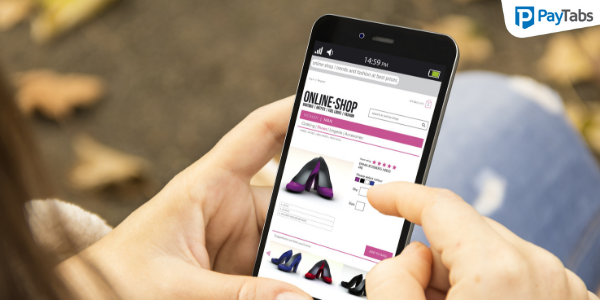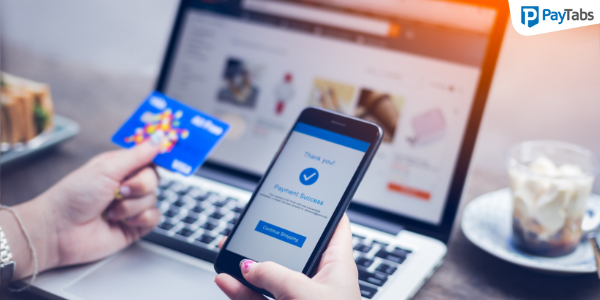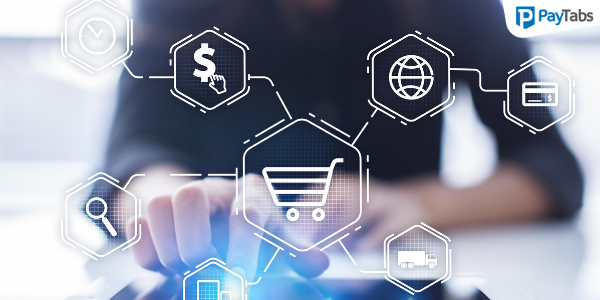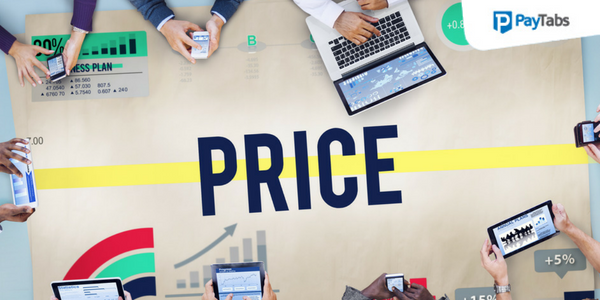How mobile technology is shaping the e-commerce industry?

In today’s world, both online retail and offline retail sales are crucial for retailers. Often, these two are closely intertwined, one driving another and vice-versa. But there is one phenomenon that is influencing both these retail methods – mobile technology. Here we will emphasize the influence of mobile technology in the e-commerce industry.
The statistics reveal that almost half of the global internet traffic, 52.4% in the third quarter of 2018, is generated from mobile devices. You can boost e-commerce sales if you implement m-commerce strategies or adopt mobile technology to drive e-commerce sales.
Check out the following mobile technology trends that can be fruitful for your e-commerce business.
The surge in smartphone and internet penetration
There were 1.57 billion smartphone users in 2014, and the number is expected to reach 2.87 billion by 2020. In addition to this, the internet penetration rate stood at 53% in 2018 as the number of internet users rose to 4.021 billion, a 7% year-on-year rise. These statistics depict the importance of smartphones usage. Therefore, it becomes obligatory for every business entity to establish its presence on mobile. This is applicable to e-commerce businesses as well.
Ask your developer to create a responsive website that adapts comfortably according to the screen size of the device. Moreover, you can also consider investing in a mobile shopping app, if budget allows. The ultimate aim is to streamline e-commerce business for mobile users. This will ensure that buyers can access your online retail store anytime and anywhere.
Mobile payments
With the evolution of mobile technology, secure payment online systems have been developed, exclusively meant for mobile phones. There are numerous payment options for users, such as credit or debit card payments, net banking, mobile wallets, UPI payments, EMI payments, and so on. The mobile wallets and UPI payments specifically target mobile users and enable them to complete a payment in a couple of steps. These are secure payment processors that ensure end-to-end encryption, preventing any chances of fraudulent activities.
Customer engagement
When you emphasize m-commerce, you get an opportunity to target a custom audience, showcasing customized content. Based on the preferences of the buyers, and their browsing history, you can deliver custom content and notifications. Similarly, you can easily determine the peak hours when mobile users are online. Send a push notification during this time period, as there is a high probability that a user will check it out.
Ensuring an interactive user interface is the key to boost mobile sales. For example, uploading high definition visuals like 360-degree photos, videos, etc. enchants onlookers. You can also opt for augmented reality wherein, users can actually analyze products in a real-world scenario. Another way is to enable live chat feature on the app or mobile website. The users prefer conversing on a mobile phone as this is the most convenient mode of communication.
Social media integration
On an average, a user spends 116 minutes per day on social media, and 61% social media usage is on a smartphone. Since social media allow users to browse and shop products without leaving their social media account, you can harness this opportunity to drive e-commerce sales. For example, Facebook shop, Instagram shop, and Pinterest’s buyable pins are examples of social media commerce. After browsing products and services, users click on “Buy or Shop” icon, the link redirects them to the payment gateway page, resulting in the order confirmation.
Conclusion
This is the right moment for adopting and implementing mobile technology in your e-commerce business. If you delay it further, your competitors might gain an edge over you by driving sales via mobile purchases. Make yourself future ready by targeting the right audience with the right set of strategies.




